On 23JAN2020, the U.S. Air Force Research Laboratory (AFRL) and Kratos Defense & Security Solutions (Kratos) conducted a successful 4th flight of the XQ-58A low-cost, long-range attack ‘drone’ (Low Cost Attritable Aircraft Technology), over the U.S. Army’s Yuma Proving Grounds (YPG) in Arizona.
Length 9.14m, wingspan 8.2m, dry weight 1134kg, maximum take-off weight 2722kg. Internal bomb-bay with two GBU-39 bombs, wings will have hard points for weapons, maximum payload of 544kg. Turbofan engine producing 2000lb thrust.
“The Valkyrie is a remarkable accomplishment requiring a highly collaborative approach to meet the program’s performance and cost objectives, all while achieving first flight in 30 months.”-Doug Szczublewski, AFRL, November 2019
Apparently one of the innovations of the XQ-58A team is the creation of an 11-feet long air intake duct made with resins.
Kratos representatives say the XQ-58A and its launcher can fit inside a standard Conex shipping container. (USAF finds new use for Conex: NEGATIVE PRESSURE FLYING HOSPITALS?)
Short silent video from the first flight, 05MAR2019, over YPG:
In October 2019 the new Valkyrie crashed while landing, high-speed winds and failure of the ‘recovery system’ being blamed. Supposedly it does not need a paved runway to land on (using parachutes and airbags), and can conduct a wide-range of missions (surveillance, reconnaissance and long-range combat) at far less the cost of current unmanned aerial vehicles (UAV, aka drones).
It is also hoped that it can act as an unmanned wingman for piloted, and super expensive, F-35 aircraft (by encrypted data link). The USAF has been very quiet about this new aircraft, so far releasing only a couple of pics and the short silent video. Despite 2019’s crash, production has already started: “We are leaning forward here, ahead of the expected contract awards as we are highly confident that receipt of initial Valkyrie production contracts is not if, but when….”-Eric DeMarco, Kratos
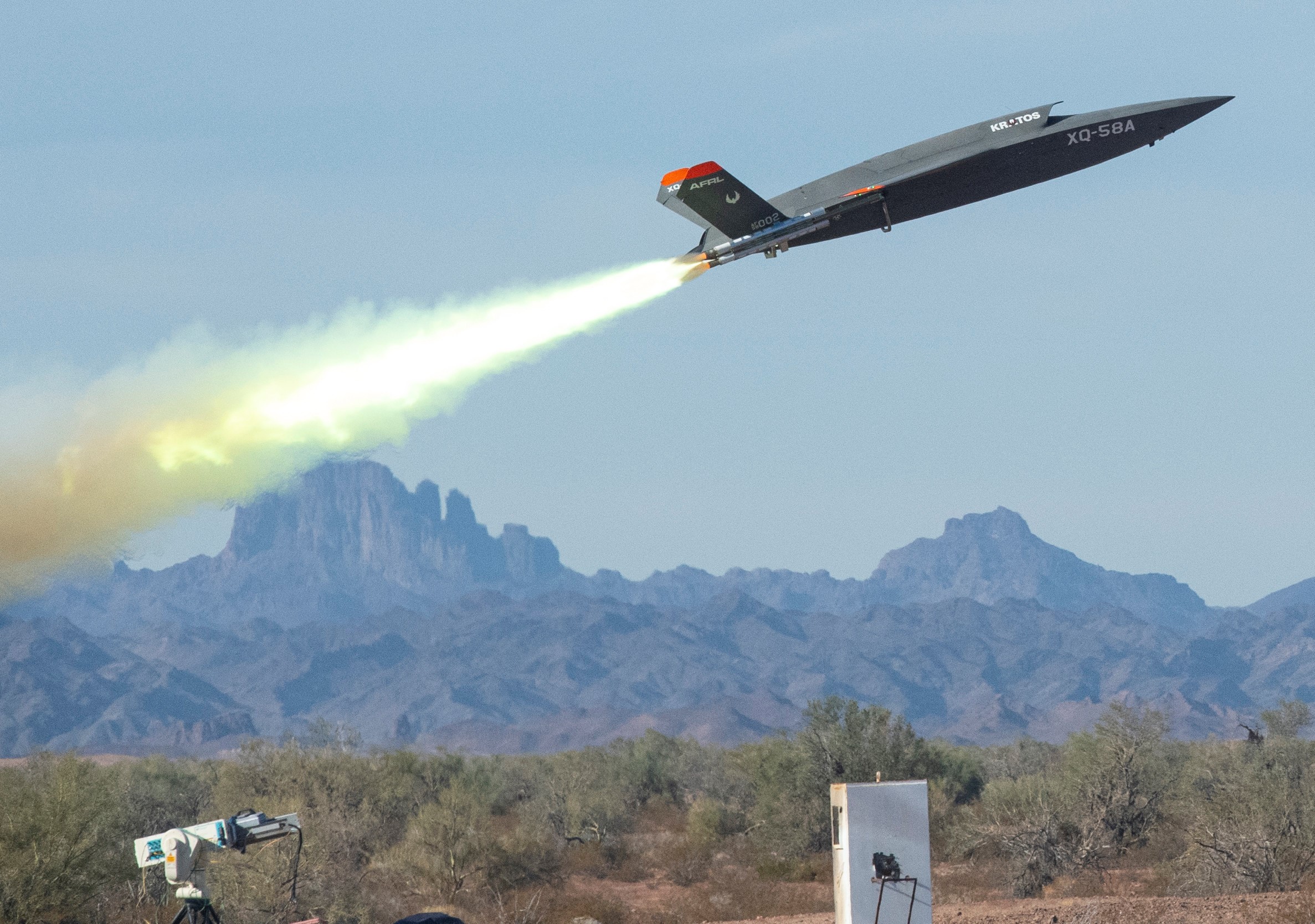
U.S. Army Yuma Proving Ground, Arizona, 09DEC2020. U.S. Air Force photo by Staff Sergeant Joshua King.
USAF video, from December 2020, admitting that the XQ-58A was a failure:
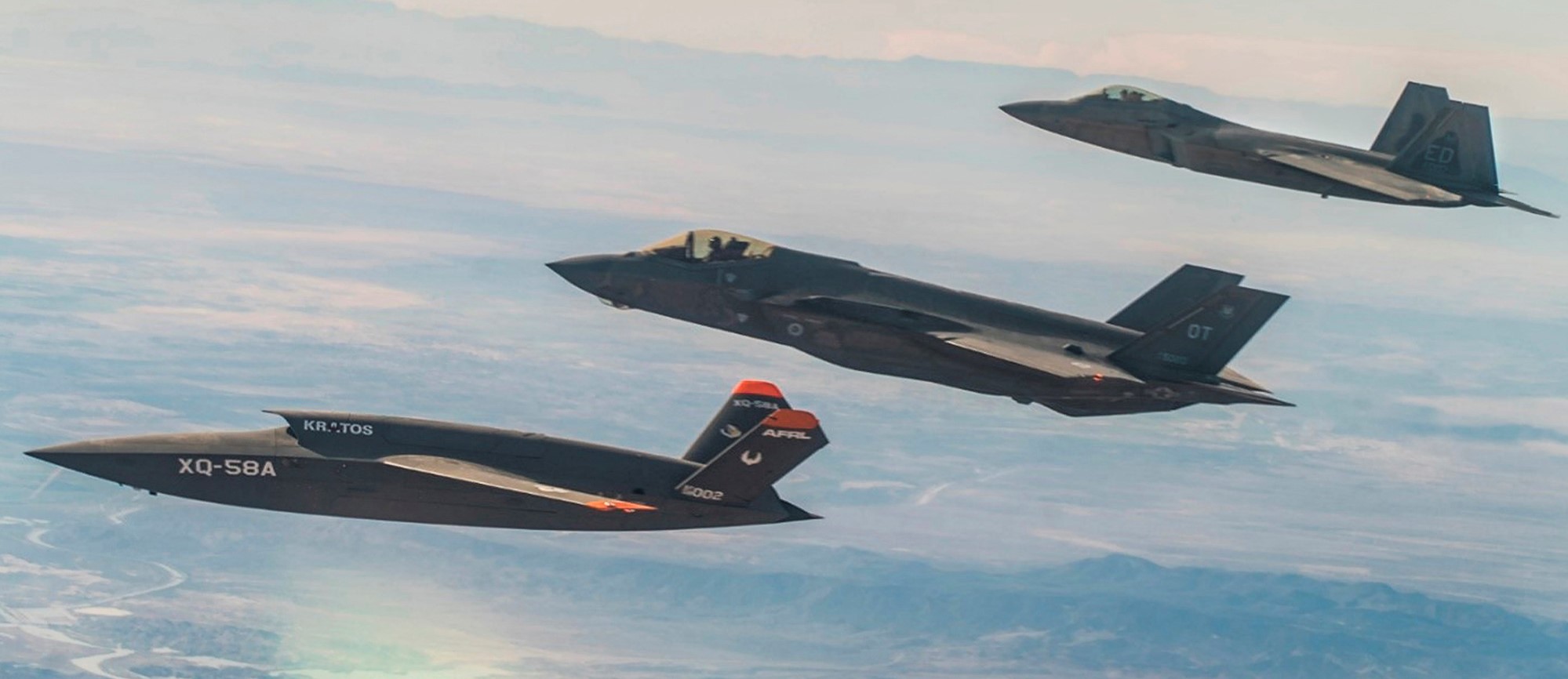
During the 09DEC2020 test, the F-35 Lightning-2, and an F-22 Raptor, were supposed to be able to ‘communicate’ with their unmanned wingman, the XQ-58A. It didn’t work. Photo via Air Force Magazine.
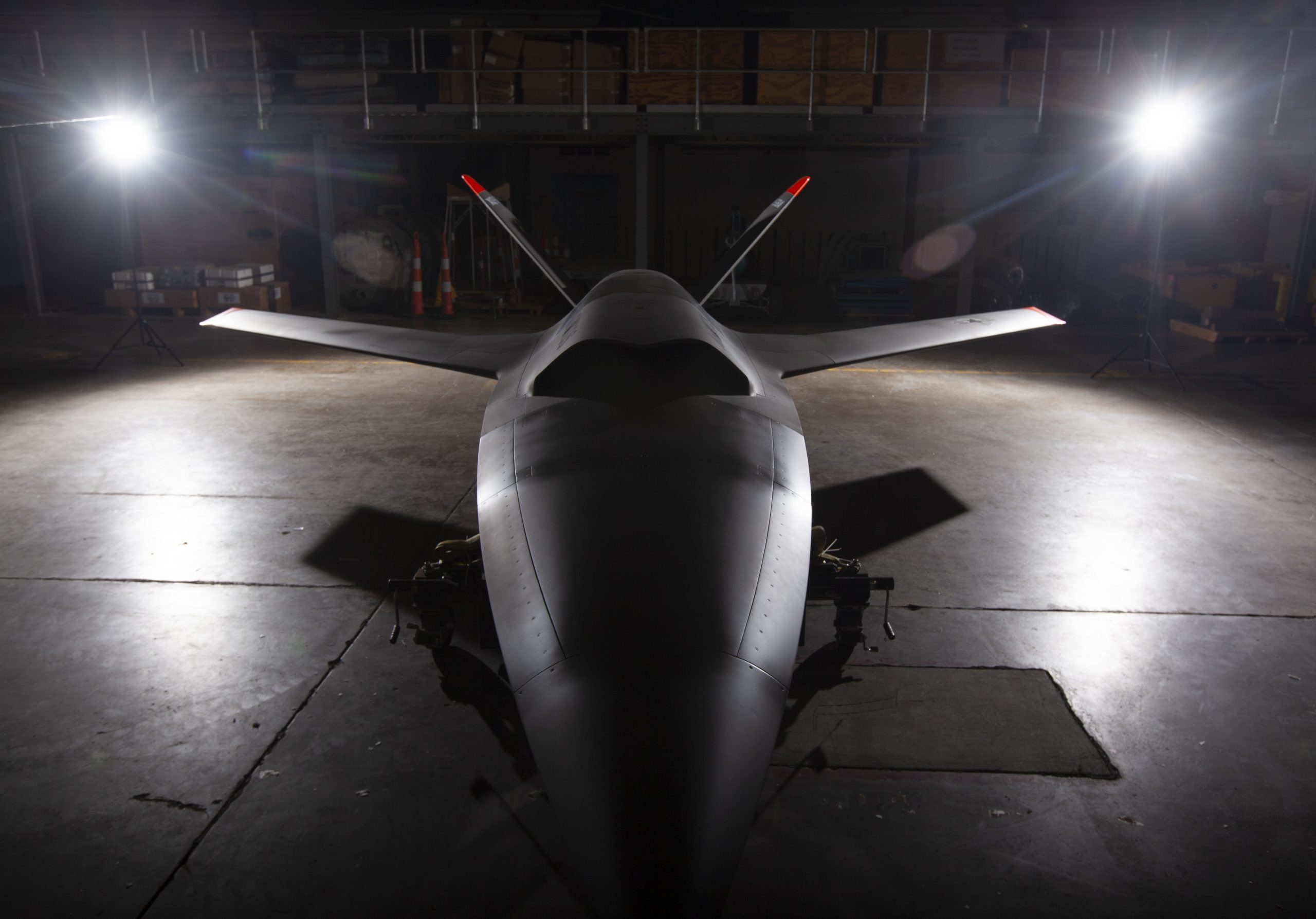
In July 2021, the ‘advanced’ XQ-58 Valkyrie suddenly became a museum piece in the National Museum of the U.S. Air Force. USAF photo by Ty Greenlees.
The company that made the XQ-58A (with taxpayer funding) still lists it as one of their available products. According to a July 2022 U.S. Air Force Magazine article, two more XQ-58A drones are being used in the Skyborg program (TERMINATOR: NEW F-16/X-62 SKYBORG), interestingly the decision to do so came at the end of 2020.
Vehicle I-D: XB-70A VALKYRIE
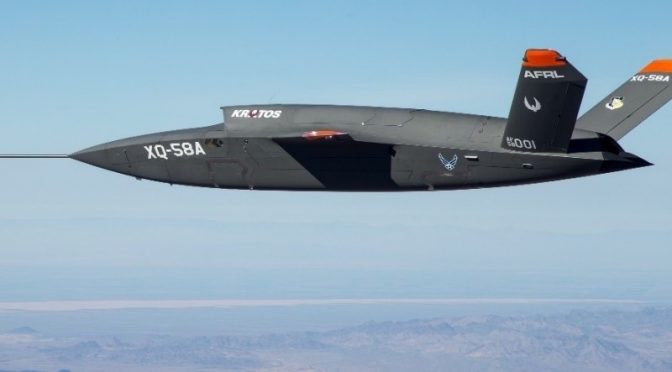
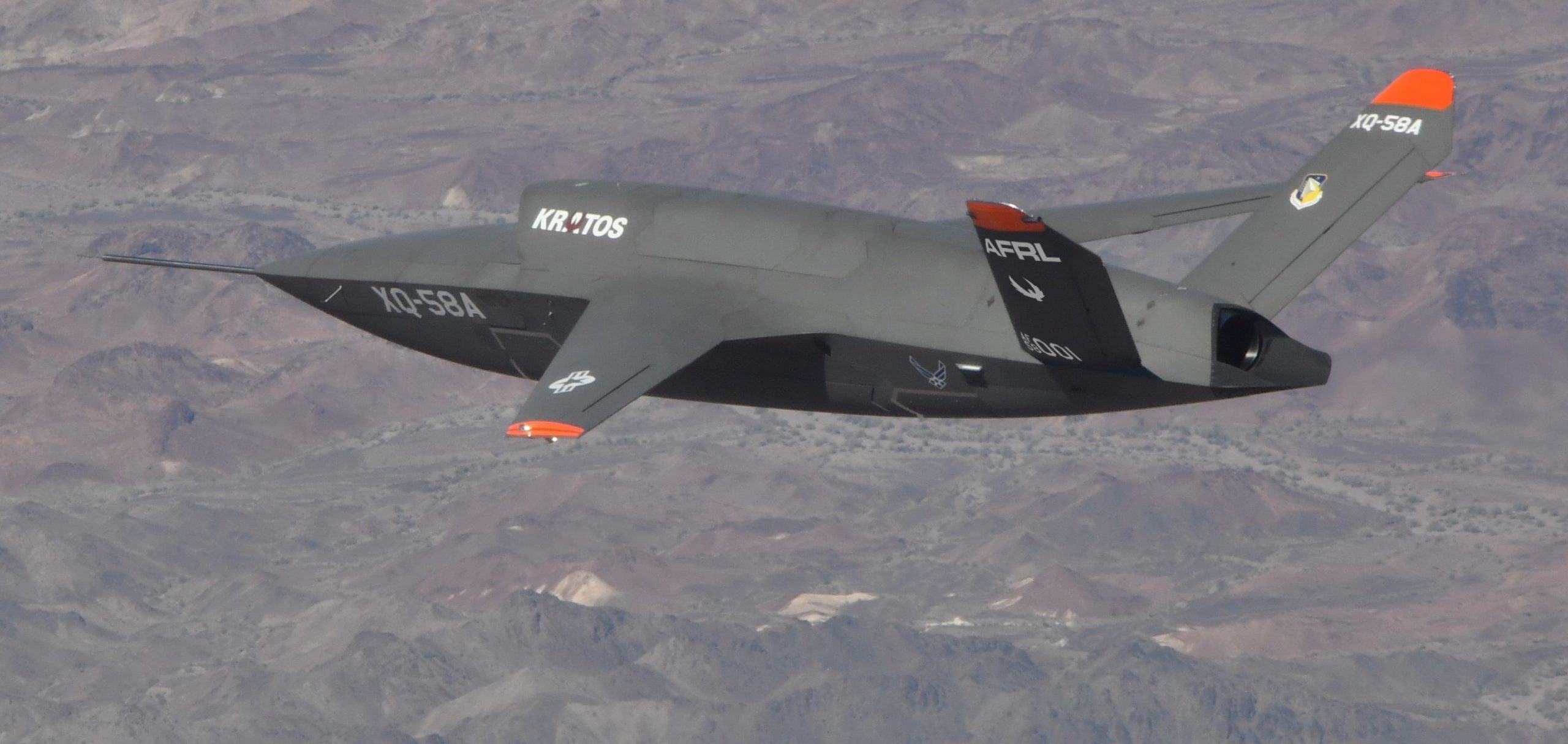
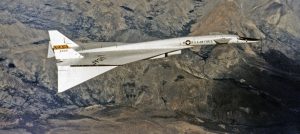
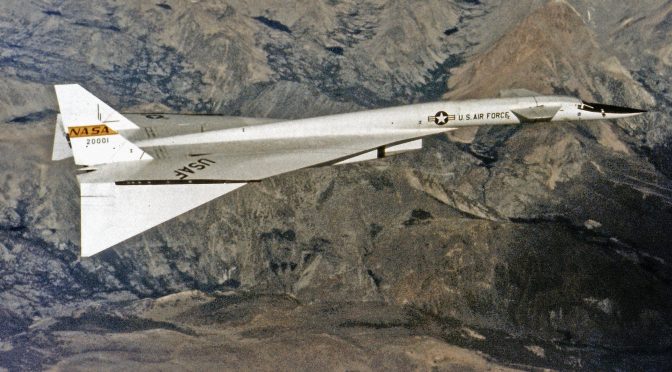
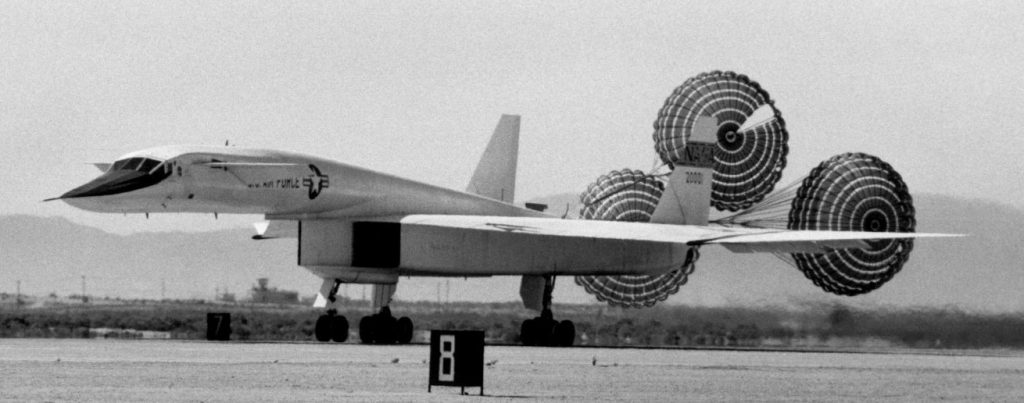
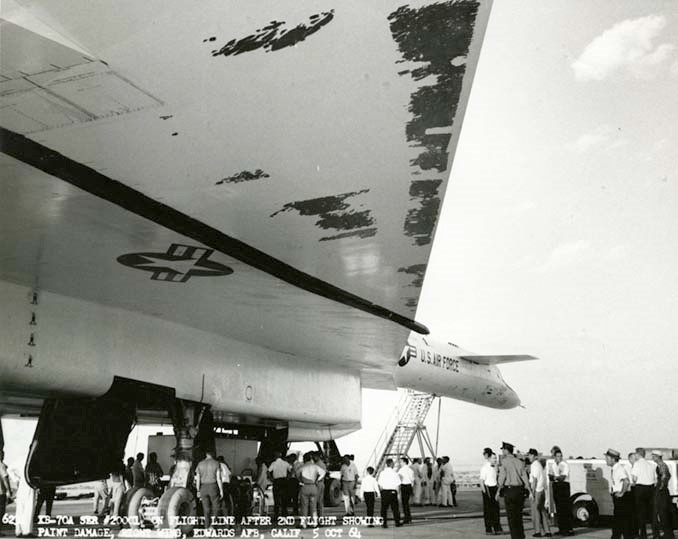 High Mach speed stripped the then standard thickness paint from the aircraft.
High Mach speed stripped the then standard thickness paint from the aircraft.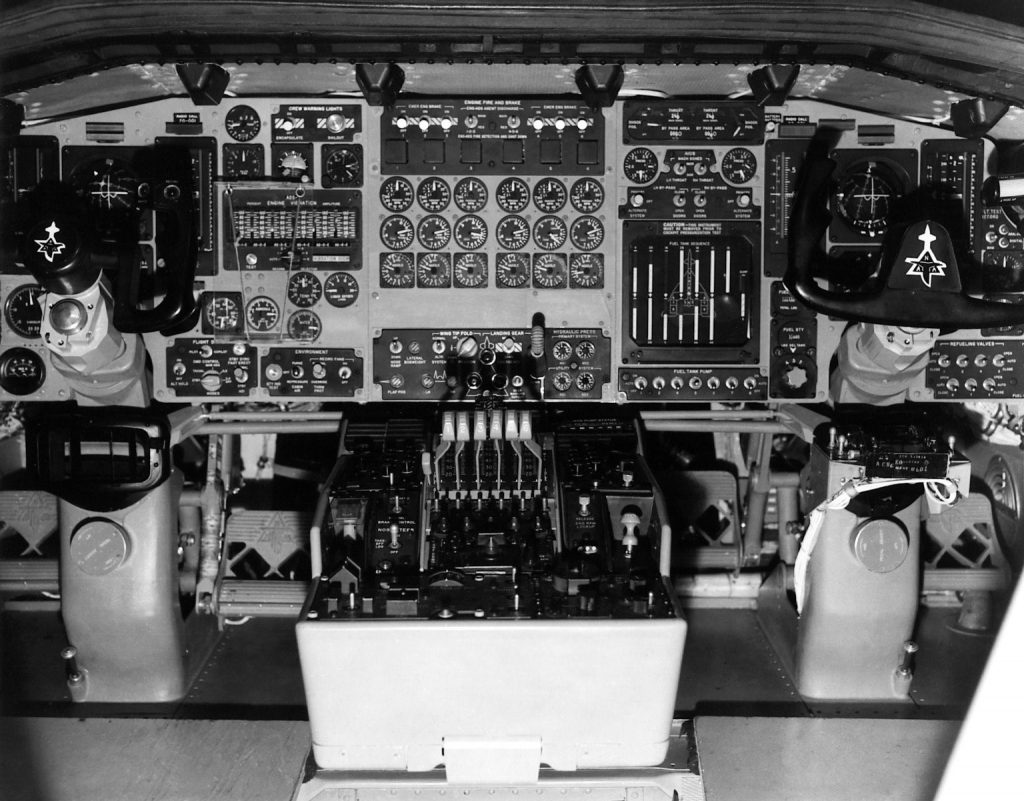
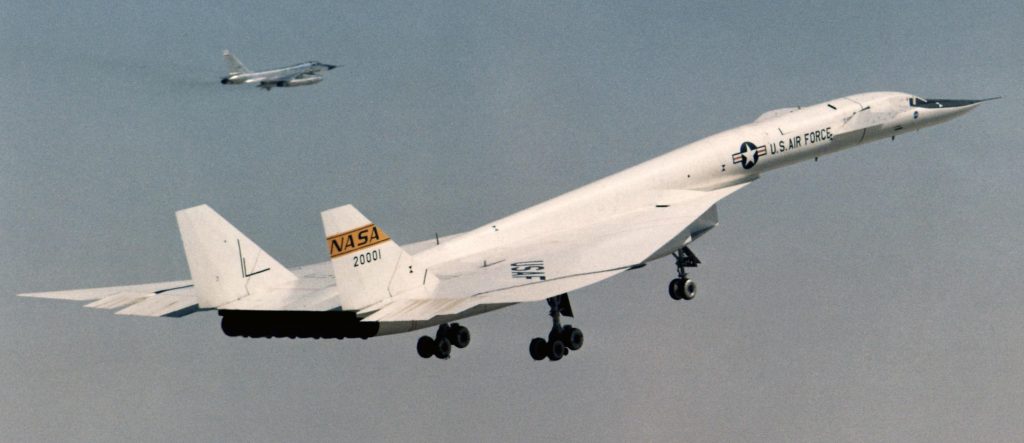

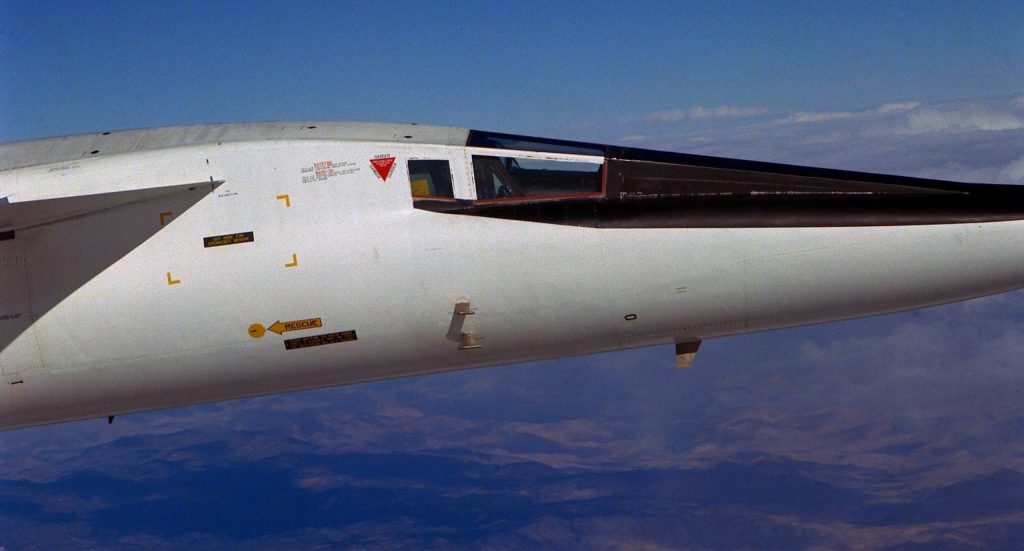
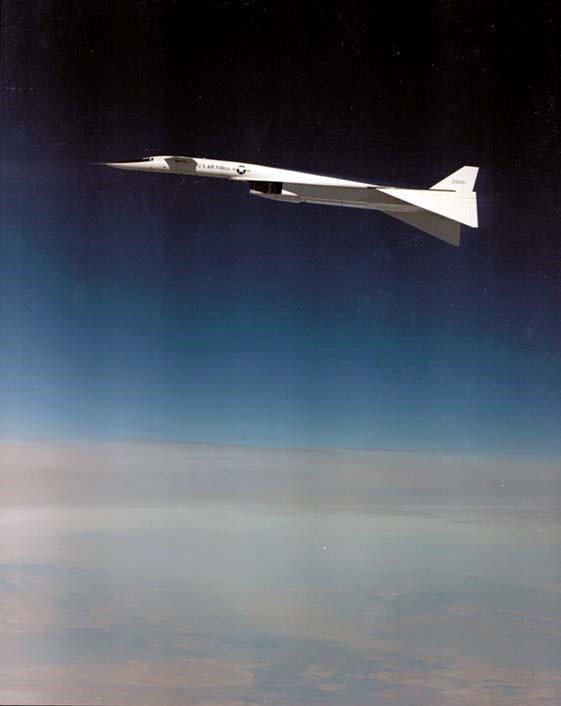
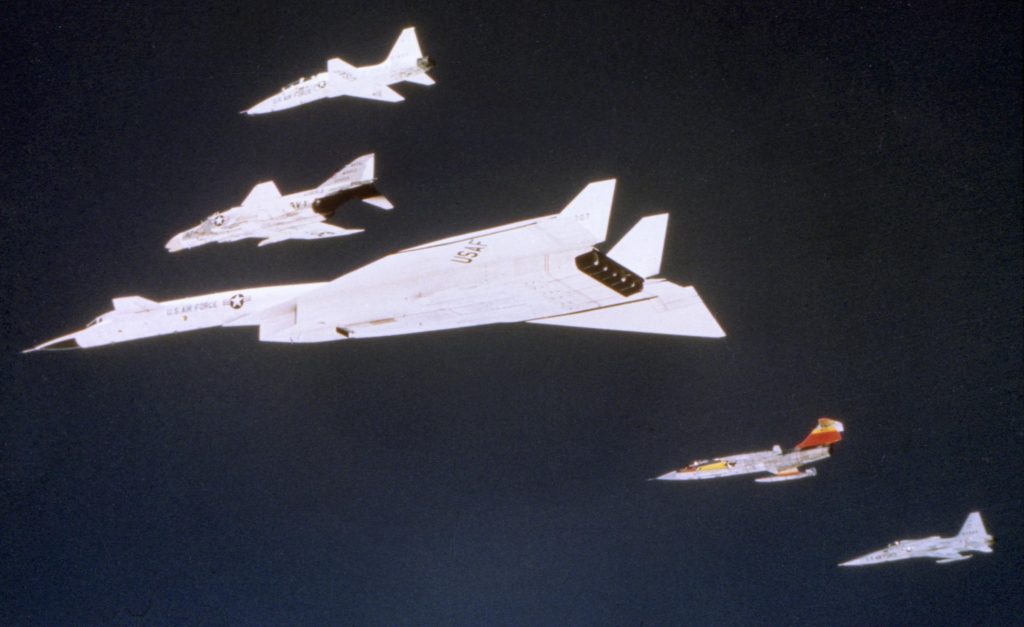
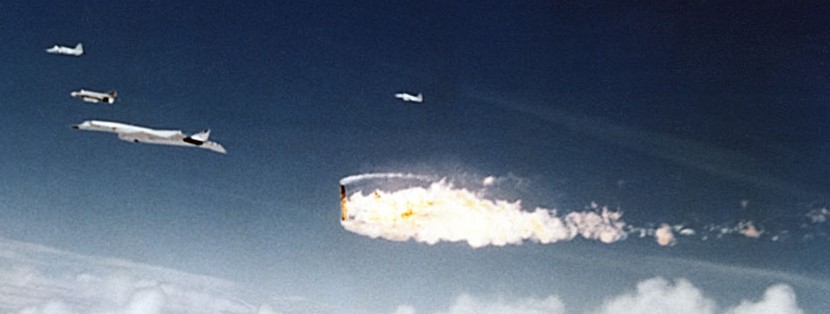
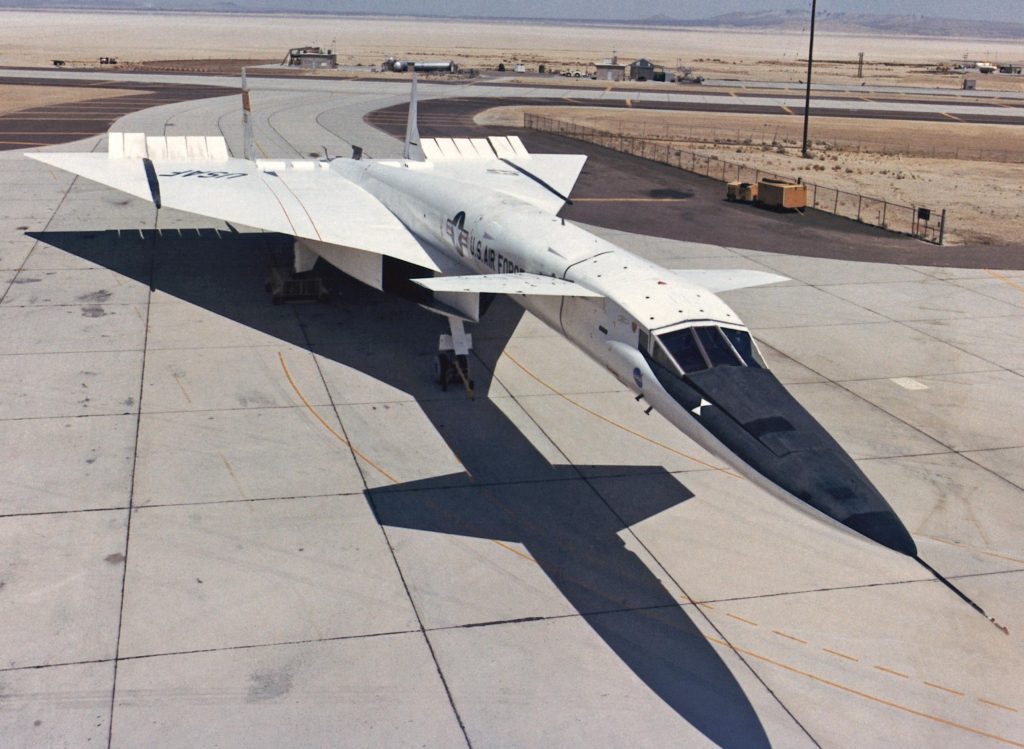
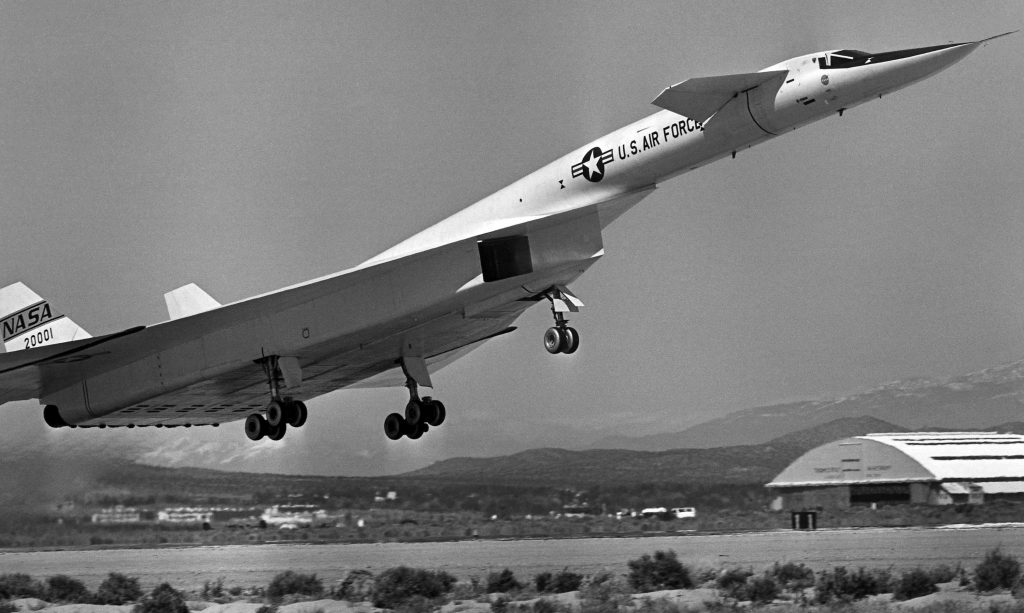

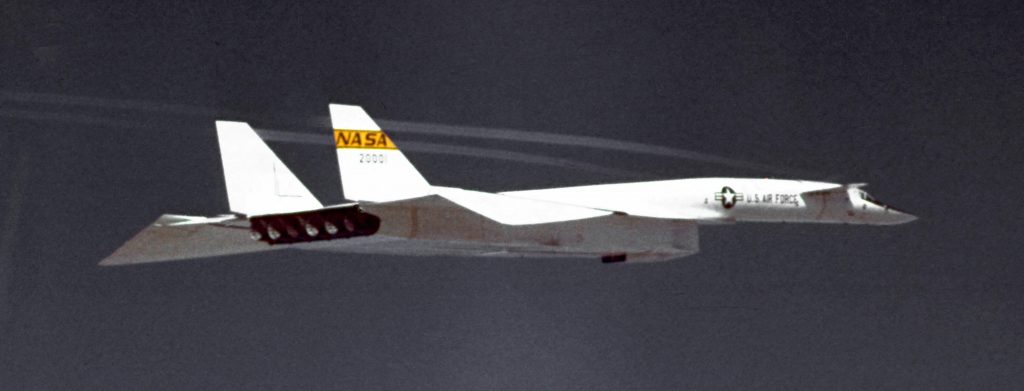
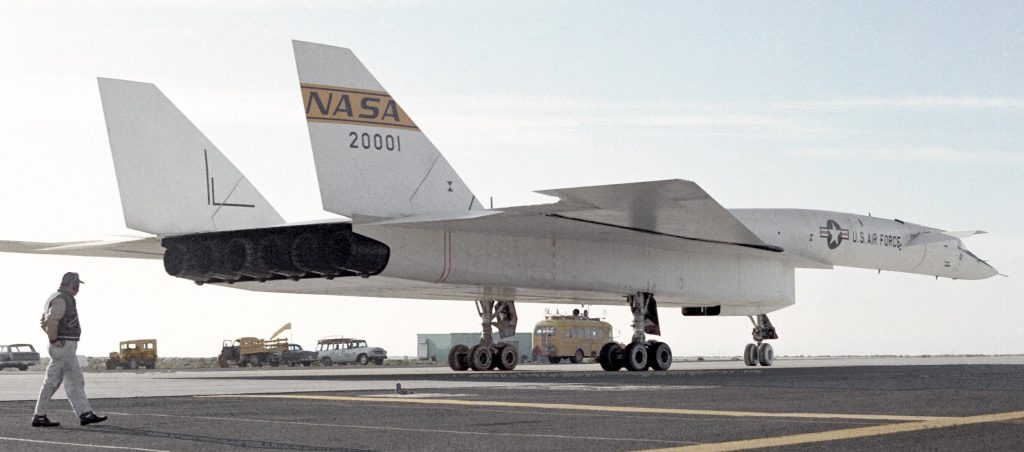
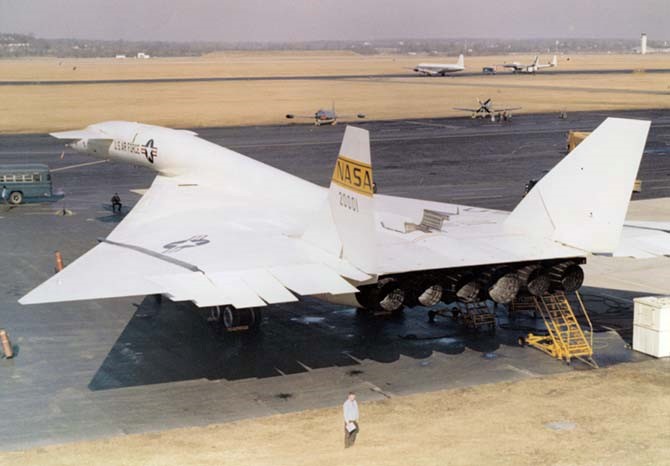 Valkyrie 20001 after arrival at Wright Patterson Air Force Base, February 1969.
Valkyrie 20001 after arrival at Wright Patterson Air Force Base, February 1969.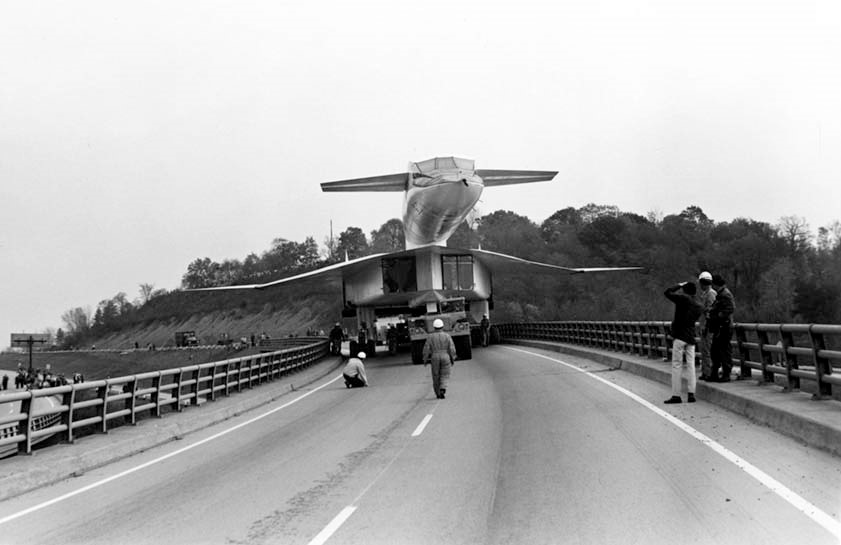 Being flown down the road to its retirement home known as a museum, 1971.
Being flown down the road to its retirement home known as a museum, 1971.